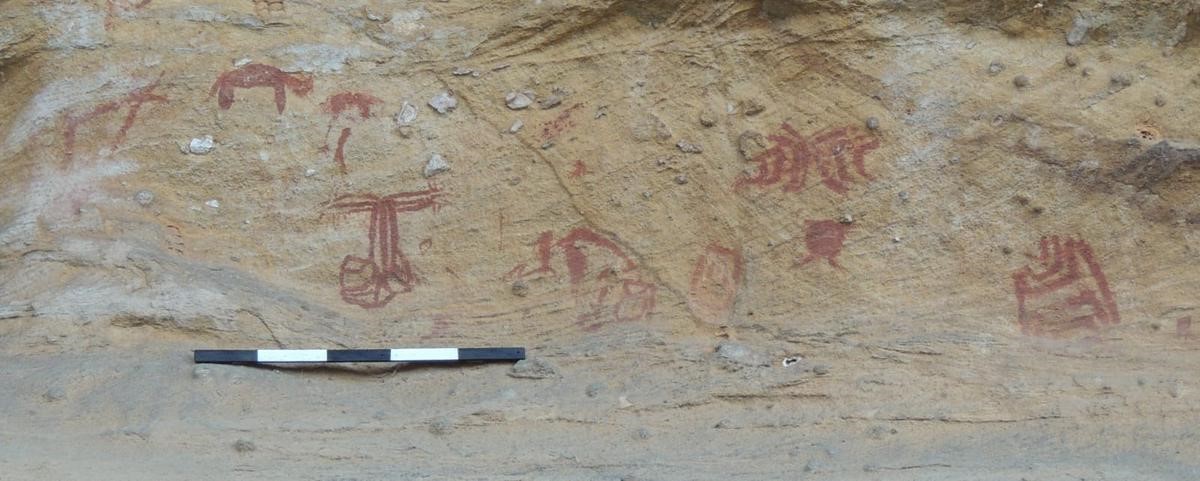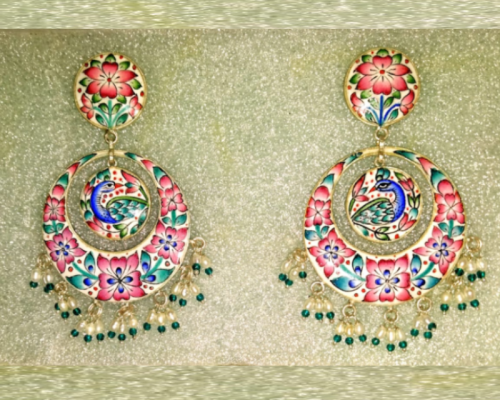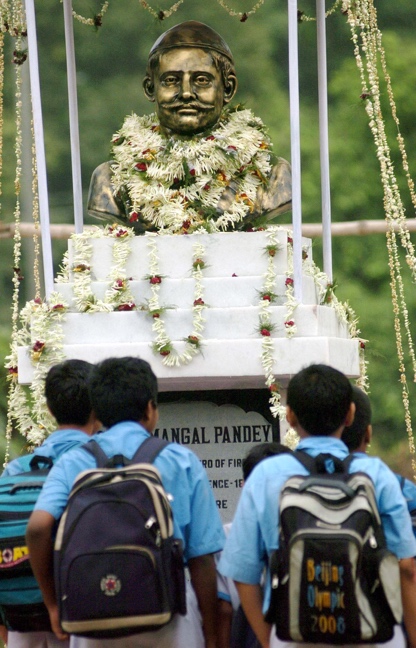





Copyright infringement not intended
Context:
More on the news:
Kedarnath:
About Amarnath Temple:
About Jagannath Temple:











© 2025 iasgyan. All right reserved